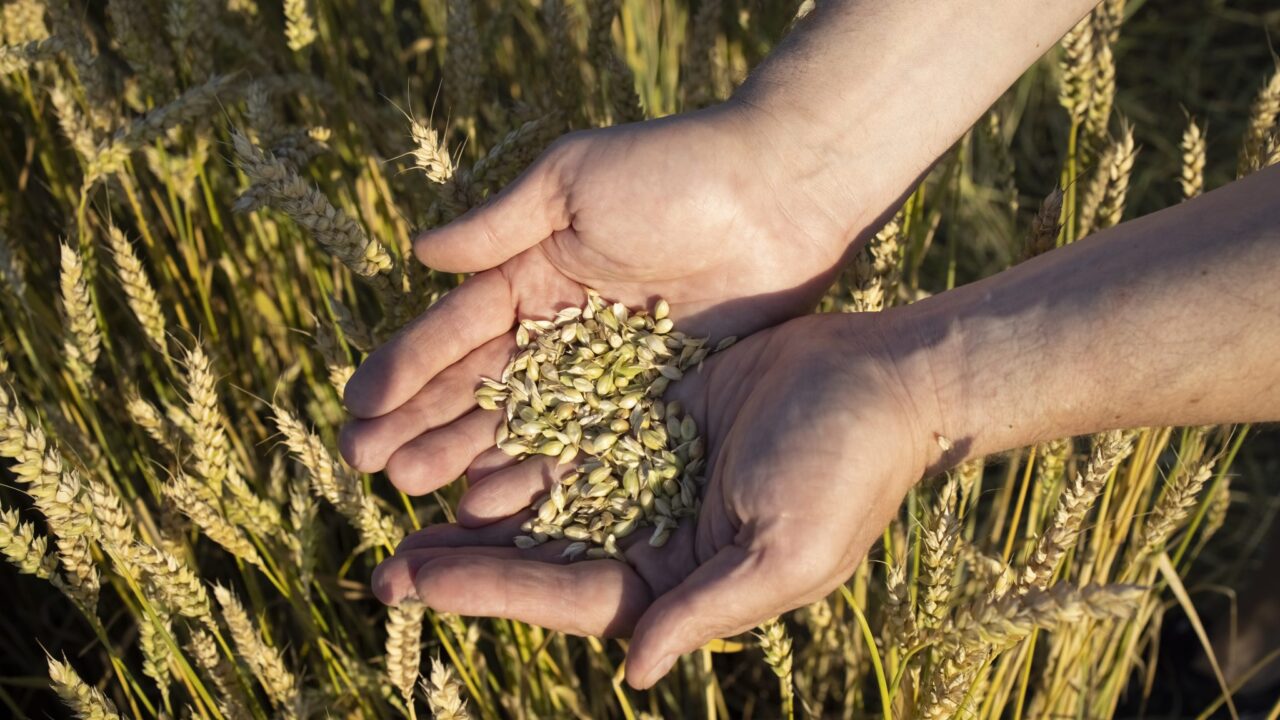Grain analysis at harvest is a very effective way of determining nutrient deficiencies within crops of all kinds.
It also aids the planning of crop nutrition strategies for the season ahead.
These issues were discussed in detail at a recent webinar hosted by ADAS, under the aegis of its Nutri-Check programme.
According to ADAS associate managing director and crop physiologist, Dr. Sarah Kendall, the principles involved in developing a future crop management strategy are: plan, check, and adjust.
She explained: “Nutri-Check is a Europe-wide project, within which ADAS is taking the lead.
“Courtesy of the work carried out already, we have identified the need to provide better support to farmers and advisers.
Dr. Kendall said this support will enable farmers to make better crop nutrition decisions.
“To help facilitate this, we have developed a framework, which we call the three step checking approach.”
“This comprises three key elements, which are: planning, making checks and adjustments while also reviewing the decisions that have been taken,” Dr. Kendall said.
The ADAS representative went on to point out that while farmers are generally good at determining the nutrient requirements of their crops through the creation of a plan, they rarely check and adjust the initial recommendations that were made.
Harvest analysis
She said: “It’s only very recently that we have found out how analysis at harvest can determine how crop management decisions have actually worked out.
“On most farms, the success of nutrient applications is determined by final yields, irrespective of the fact that many non-nutritional factors impact on final performance.
“We also know that nutrient concentrations of harvested produce show if the crop has captured insufficient, adequate, or excessive amounts of each nutrient.”
Dr. Kendall highlighted that really getting to grips with such information allows farmers to revise and review issues such as nutritional performance, soil nutrient balances, and efficiencies of nutrient application.
She said: “This is really important in terms of informing future nutrient management on a crop-by-crop basis.
“End of season review is vitally important in terms of what factors had impacted on the previous crops and while providing a number of amendments, which can feed into the following season’s planning.
“This is a continuous cycle of moving from a plan to check and adjust and then review.
“And all of this feeds into a future planning process.”

